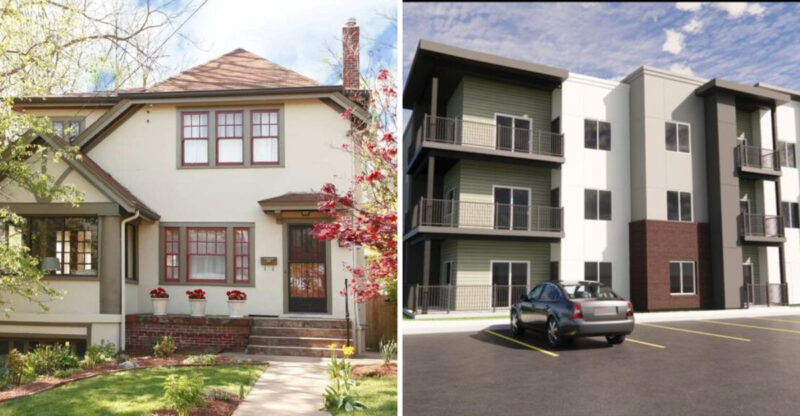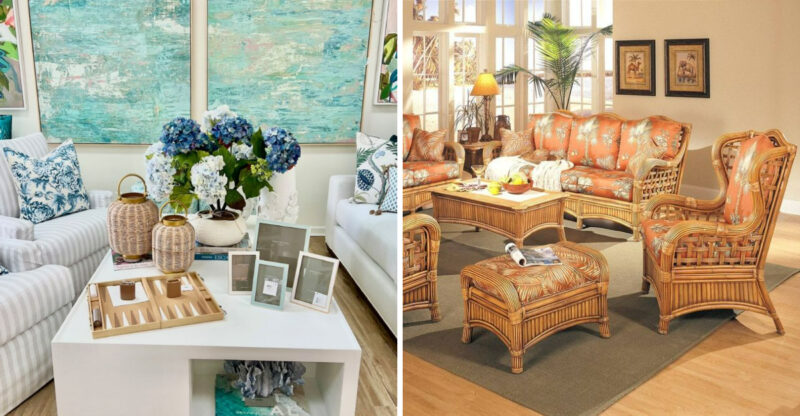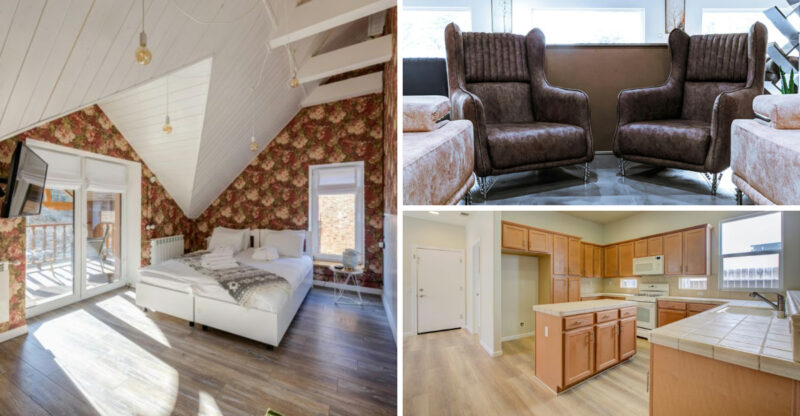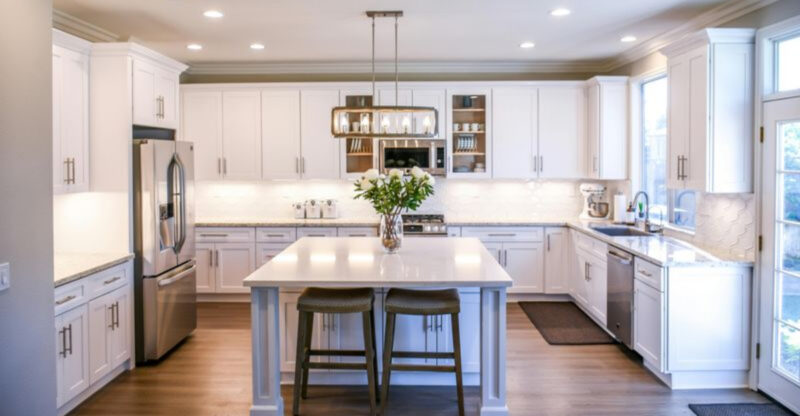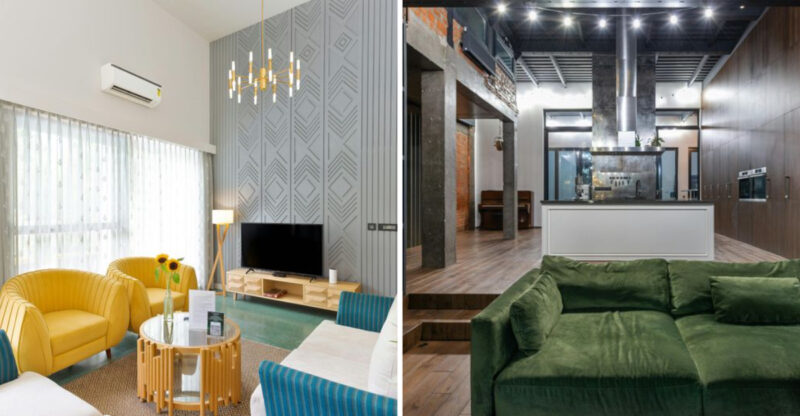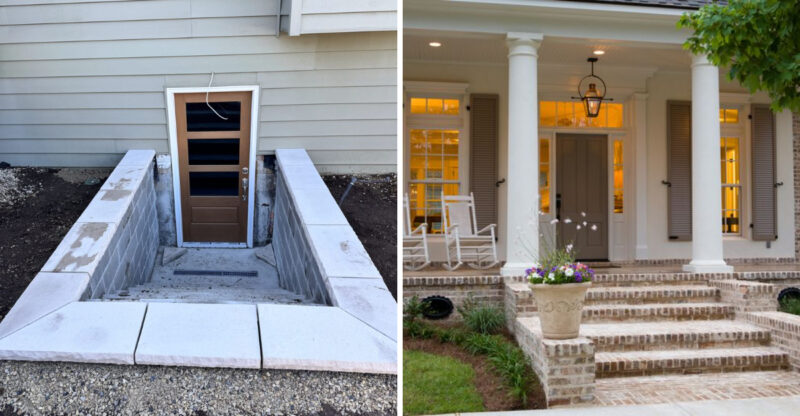14 Home Trends That Are Quietly Disappearing And What’s Taking Their Place
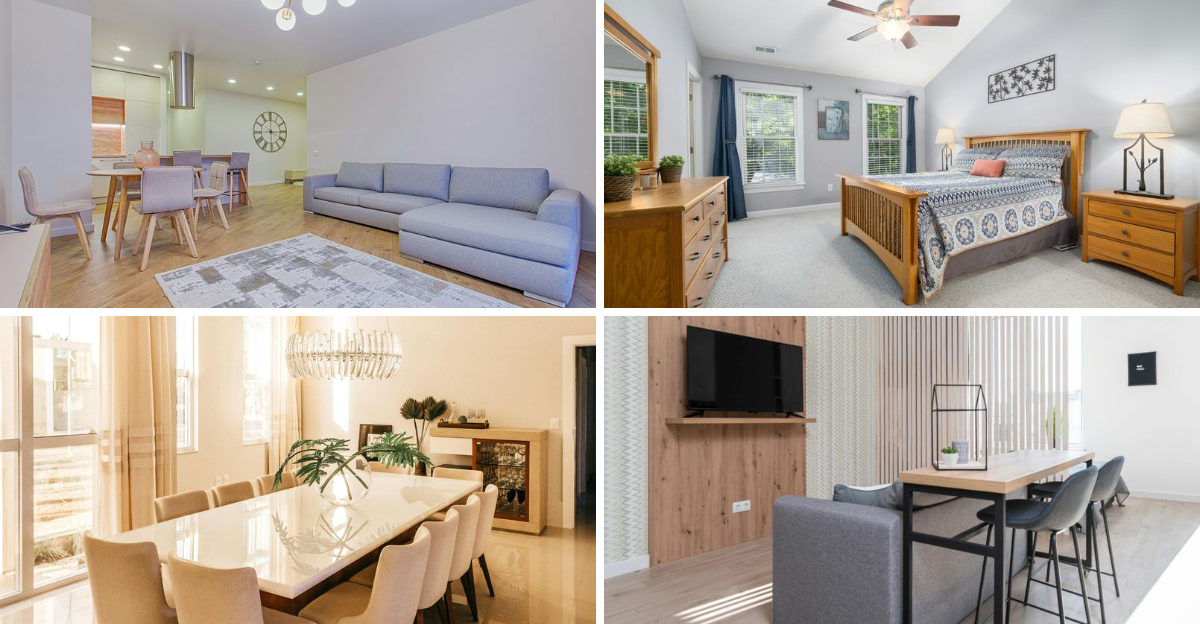
Have you noticed that some home trends just don’t hit the same anymore? What once felt fresh and modern, like all-gray rooms or farmhouse everything, is starting to feel a bit dated.
As design tastes shift, so do the materials, colors, and layouts we gravitate toward.
Let’s break down some popular home trends that are quietly fading away, and what’s replacing them with style and purpose. These trends are based on current design reports and expert opinions and may vary by location and personal preference.
1. All-Gray Interiors → Warm Neutrals And Earth Tones
Remember when everything was fifty shades of gray? Those cool-toned spaces that once dominated Pinterest are finally losing their grip. Gray interiors often created sterile, uninviting environments that lacked personality.
Warm neutrals and earth tones are bringing life back into our homes. Think terracotta, caramel, olive, and sand, colors that actually exist in nature rather than concrete bunkers. These hues create spaces that feel grounded and nurturing rather than cold and impersonal.
2. Open Shelving In Kitchens → Concealed Storage And Minimalist Cabinets
Those Instagram-perfect open shelves looked amazing in photos but proved impractical in real life. Dust collection, constant styling pressure, and visual clutter eventually made many homeowners question their sanity.
Concealed storage solutions and minimalist cabinets are taking center stage now. Clean-lined cabinets with hidden organizational systems allow for a serene kitchen experience without sacrificing function.
The new approach values practicality while maintaining aesthetic appeal through thoughtful design rather than displaying every mug you own.
3. Modern Farmhouse Everything → Organic Modern And Transitional Styles
Shiplap, barn doors, and “Live Laugh Love” signs have finally reached saturation point! The modern farmhouse look that Joanna Gaines popularized has become so ubiquitous it’s lost its charm.
Organic modern and transitional styles offer a refreshing alternative. These approaches blend clean lines with natural materials and subtle texture rather than hitting you over the head with rustic clichés.
The new aesthetic feels sophisticated yet approachable, emphasizing quality materials and craftsmanship instead of mass-produced farmhouse signage.
4. Word Art Decor → Abstract Or Vintage-Inspired Wall Art
If your walls still scream “EAT” in the kitchen or “GATHER” in the dining room, it might be time for an update. Word art has become the interior design equivalent of stating the obvious, we know what rooms are for!
Abstract and vintage-inspired wall art brings genuine character to spaces. Original paintings, prints with history, or abstract pieces that evoke emotion rather than spell it out literally create more sophisticated interiors.
After all, art should spark conversation, not label rooms like we might forget their purpose.
5. Matching Furniture Sets → Curated, Mix-And-Match Pieces
Those showroom-perfect matching furniture sets that dominated the 90s and early 2000s have finally lost their appeal. Matching sets often created rooms that felt like furniture store displays rather than lived-in homes.
Curated, mix-and-match pieces tell a more interesting story. Combining different styles, eras, and finishes creates spaces with depth and personality.
This approach allows for evolution over time as you find special pieces that speak to you rather than buying everything at once from the same collection.
6. Industrial Design Overuse → Softer, Layered Textures And Natural Materials
The exposed pipes, Edison bulbs, and metal-everything look has finally reached its expiration date. Industrial design started as an authentic response to urban loft living but devolved into a generic coffee shop aesthetic.
Softer, layered textures and natural materials offer welcome relief from cold, hard industrial elements. Incorporating wood, linen, wool, and other organic materials creates spaces that feel inviting rather than factory-like.
These materials age beautifully and connect us to nature in ways that mass-produced industrial reproductions never could.
7. Fast Furniture → Investment In Quality, Timeless Pieces
Our landfills are groaning under the weight of disposable furniture that wasn’t built to last. The cycle of buying cheap, trendy pieces only to replace them a few years later has lost its appeal as environmental awareness grows.
Quality, timeless furniture is making a comeback. Investing in well-crafted pieces that will last for decades or even generations is both environmentally responsible and financially savvy in the long run.
Vintage and antique furniture is especially popular as people recognize the value of pieces that have already stood the test of time.
8. Accent Walls In Bold Paint → Textured Walls With Limewash, Plaster, Or Wood Slats
The bold accent wall in teal or burgundy that once seemed so daring now feels like a halfway commitment. These high-contrast paint jobs often created jarring focal points that quickly felt dated.
Textured walls using techniques like limewash, Venetian plaster, or wood slat installations offer subtle depth that’s more sophisticated. These applications create interest through texture rather than screaming for attention with color alone.
The dimensional quality catches light beautifully throughout the day, creating living surfaces that change with the natural light.
9. Traditional Fireplaces → Modern Electric Inserts
Traditional wood-burning fireplaces are being replaced by modern electric inserts, which offer all the ambiance without the hassle. These inserts are energy-efficient, easy to install, and provide instant warmth with minimal maintenance.
Electric inserts come in various designs, fitting both classic and contemporary tastes. They can be a focal point in any room, offering the charm of a fireplace without the need for a chimney or extensive cleaning.
The rise of electric fireplace inserts reflects a broader trend towards convenience and sustainability in home design. They provide warmth and comfort while being environmentally friendly, making them a popular choice for the modern home.
10. Formal Dining Rooms → Flexible Dining Spaces
The traditional formal dining room, with its rigid layout and seldom-used space, is being replaced by flexible dining areas. These spaces adapt to the needs of the modern family, whether that’s hosting a large dinner party or enjoying a quiet meal.
Open-concept designs allow for dining areas to blend seamlessly with living spaces, creating a sense of unity and flow. Multifunctional furniture is key to this trend, with tables that expand or contract, and seating that can be rearranged.
The shift towards flexible dining spaces reflects a desire for more practical and comfortable home environments. It’s about creating areas that are not just aesthetically pleasing but also functional and welcoming for everyday life.
11. Heavy Drapes → Light, Airy Curtains
Heavy drapes, which once symbolized luxury and opulence, are giving way to light, airy curtains that emphasize openness and natural light. These curtains are all about enhancing a room’s brightness and creating a sense of space.
They’re perfect for modern homes that prioritize a connection with the outdoors and a fresh, clean aesthetic.
Light curtains offer versatility, complementing a wide range of interior styles from modern to bohemian. They allow for privacy without sacrificing light, making them ideal for any room in the house.
12. Faux Finish Walls To Statement Wallpapers
Once the height of sophistication, faux finish walls are quietly stepping aside for the captivating allure of statement wallpapers. These wallpapers are not just about color, they bring texture, pattern, and personality to any room.
Whether it’s a bold geometric print or a delicate floral design, statement wallpapers transform spaces with their intricate and eye-catching details.
Unlike the faux finishes, which required meticulous application, wallpapers offer both convenience and creativity. Many modern wallpapers are peel-and-stick, making them easy to apply and remove. This ease allows homeowners to express their style without a long-term commitment.
13. Wall-To-Wall Carpeting → Natural Wood Or Sustainable Flooring
Wall-to-wall carpeting that once covered every bedroom and living space is increasingly viewed as outdated and impractical. It traps allergens, stains easily, and generally needs replacement far sooner than hard surfaces.
Natural wood floors and sustainable alternatives like bamboo, cork, or engineered options provide better longevity and air quality. Area rugs can still add warmth and comfort where needed while being easier to clean or replace.
This approach allows for more flexibility as your style evolves without requiring complete flooring overhauls.
14. Overly Minimalist Spaces → Cozy, Lived-In Aesthetics (a.k.a. “quiet luxury”)
The stark, clinical minimalism that dominated design magazines is softening as people crave more comfort at home. Those Instagram-perfect white rooms with three carefully placed objects proved impractical for actual humans with actual stuff.
Cozy, lived-in spaces that balance beauty with comfort are gaining traction. “Quiet luxury” emphasizes quality materials, personal mementos, and functional beauty rather than emptiness for its own sake.
This approach celebrates the meaningful objects that tell your story while maintaining enough breathing room to appreciate each element.

